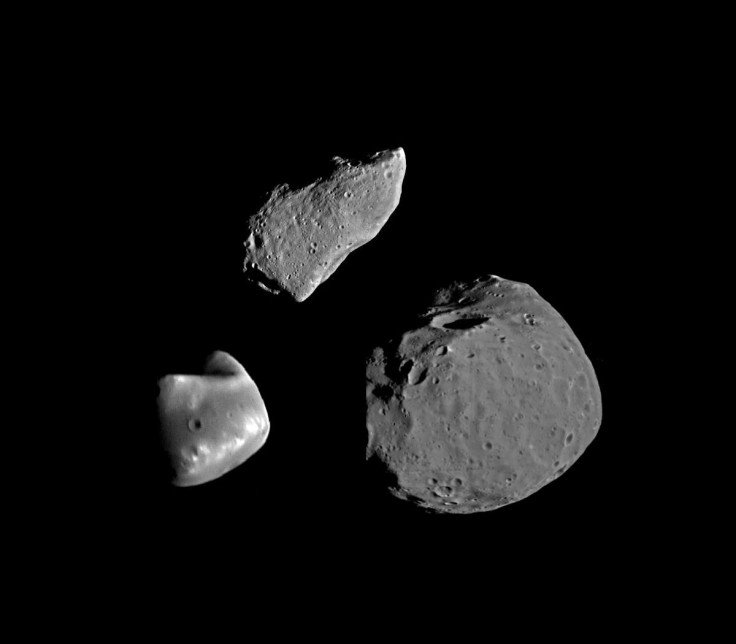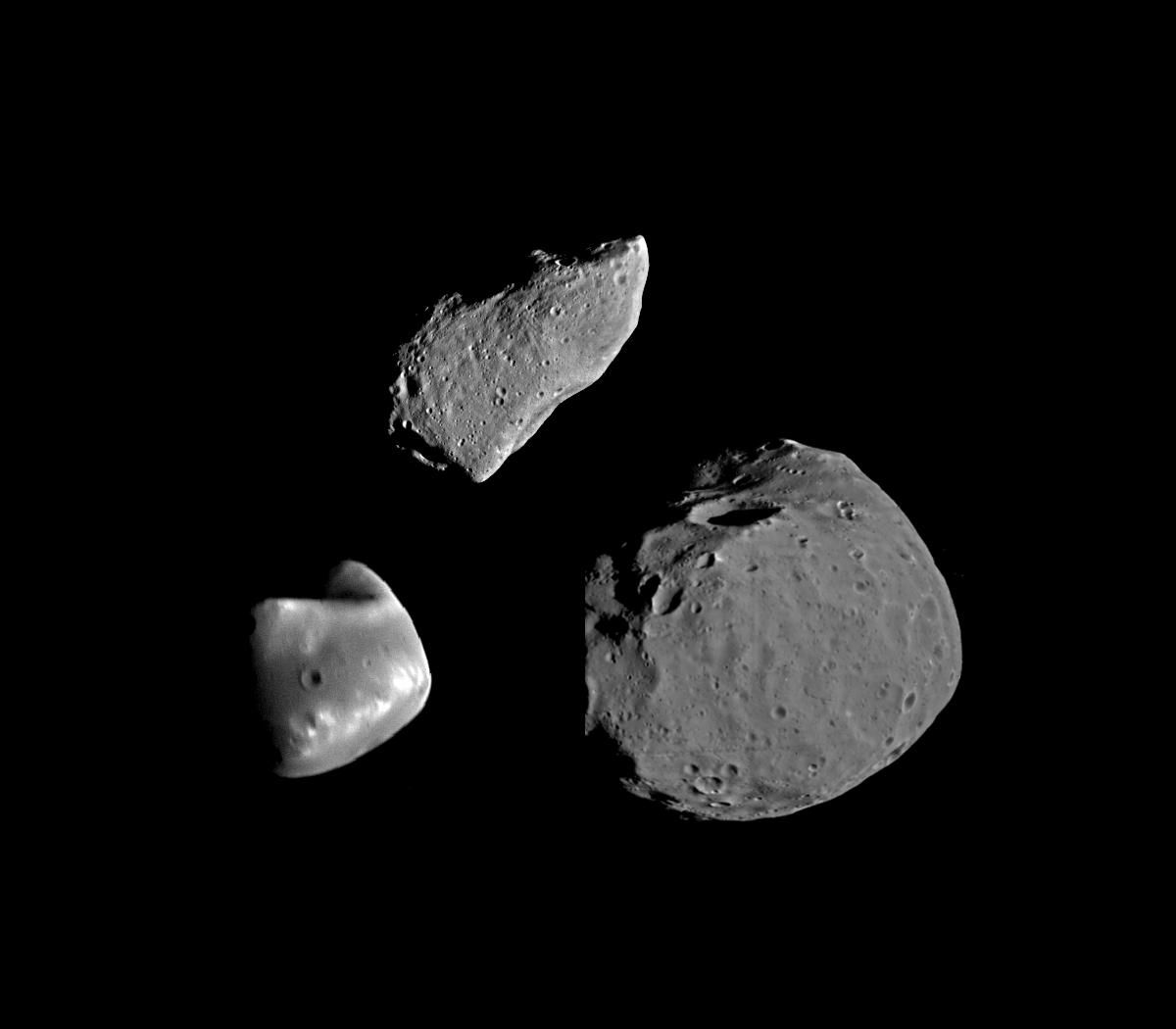[ad_1]
KEY POINTS
- The UAE Space Agency shared the new footage of Deimos on Monday
- It was captured from just about 60 miles away
- The data gives new dimensions to the debate about the origins of the Martian moons
We now have the closest ever view of the Martian moon Deimos, thanks to the United Arab Emirates’ Hope mission.
The UAE Space Agency shared never-before-seen footage of Hope Probe spacecraft making a close approach to one of Mars’ natural satellites until the planet itself comes into view. It also posted an image that shows Deimos with the majestic Red Planet right behind it.
While it wasn’t the first time Deimos was imaged, the previous ones were rather from far away, Space.com reported. By comparison, the new footage was captured from just 60 miles (100 kilometers) away, making it the closest view of the moon yet.
But apart from providing unprecedented views of Deimos, the smaller and lesser-observed of Mars’ two satellites, it also provides an excellent opportunity for space scientists to understand its structure more.
The Hope space probe, more formally the Emirates Mars Mission (EMM), used all its instruments during the flyby, according to a feature on Nature.
Previously, it was believed that Deimos and Phobos were perhaps like asteroids that were captured to be in the orbit of Mars. However, the new data suggests it seems to be composed of the same material as the ones on the surface of Mars, not like those in asteroids.
It’s possible then that Deimos actually formed with Mars.
“The new observations challenge the longstanding theory that Mars’ moons are captured asteroids and instead point to a planetary origin,” the space agency wrote on Instagram.
This won’t be the last of Deimos that we would see from the Hope probe, as the flyby was only one of several planned to gather data on the moon — all while it still continues its primary mission of capturing data on the atmosphere of Mars.
“The deimos campaign aims to provide the international scientific community with previously unseen observations and data,” Emirates Mars Mission science lead, Eng. Hessa Al Matroushi, said in a release issued by the agency in February when the probe moved to a new Mars orbit to observe the moon. “The Hope Probe will capture high cadence images and data of the irregularly shaped, crater-heavy moon, during fly-bys at different times.”
The Hope Probe was launched in 2020 and reached Mars in 2021. The spacecraft is now proving to be vital in our understanding of Mars and its enigmatic moons.
“We still have achievements and explorations that we aspire to achieve to enrich the global scientific community and to put the UAE footprint in exploring the secrets of the Red Planet,” the agency wrote.

NASA/JPL
[ad_2]
